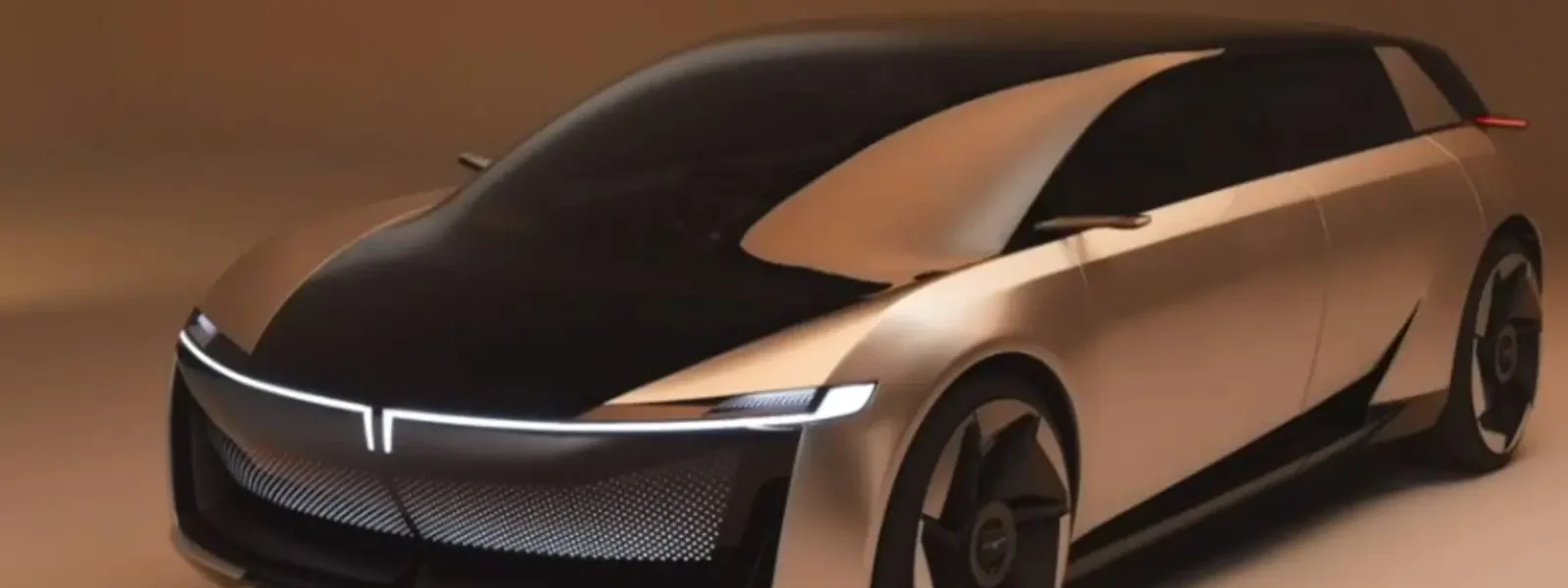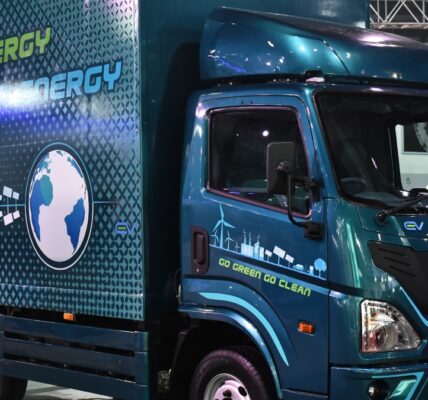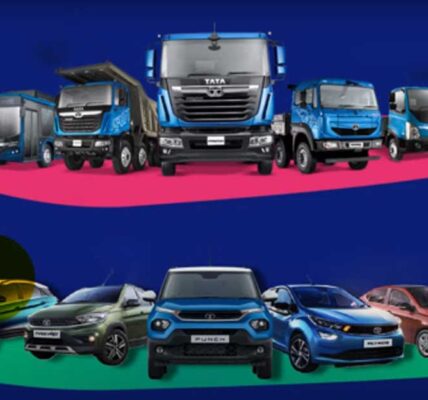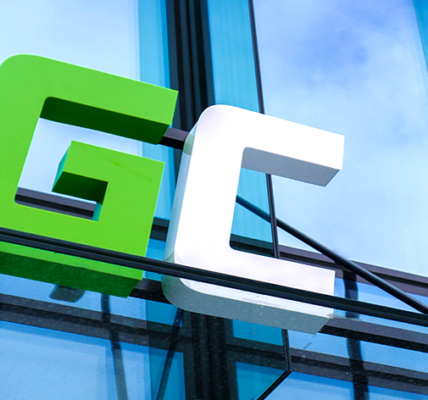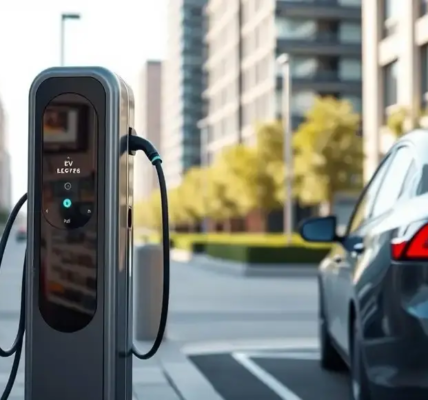Tata Motors is planning to launch 4 new electric vehicle models under its passenger vehicles segment by 2025, according to the company’s chairman N Chandrasekaran. He was speaking at the 78th annual general meeting (AGM) of Tata Motors.
“Tata Motors India as well as Jaguar Land Rover (JLR) has extensive plans for electric vehicles. We will launch the upgraded version of Nexon EV anytime soon this year. We will launch Harrier EV later this year, and Punch EV and the new Curvv EV in the first quarter of FY25. So we have a very strong pipeline,” says Chandrasekaran.
In FY23, Tata Motors continued to lead the domestic electric vehicle segment with 50,000 annual sales. The EV sales accounted for 12% of the total sales by the automobile manufacturer in the March quarter of FY23. The company’s passenger vehicle segment recorded the highest-ever revenues of ₹47,900 crore, and delivered EBITDA (earnings before interest, tax, depreciation and amortization), and EBIT margins of 6.4% and 1% (improvement of 110 bps and 300 bps over FY22), respectively. The company registered the highest-ever annual sales of around 5,41,000 vehicles in FY23, a growth of 45% over FY22.
Notably, Tata Motors also plans to launch a series of new electric vehicles for its Jaguar Land Rover (JLR) portfolio. According to Chandrasekaran, the first new electric vehicle under JLR’s ‘Reimagine’ strategy will be launched in 2024 and customer deliveries will commence in 2025. The pre-orders for the maiden pure electric Range Rover will begin this year.
“Jaguar Land Rover (JLR) will start taking orders for all-electric Range Rover and Range Rover Sportsback this year. And in early 2025, we will be launching a series of new models of Jaguar for all-electric vehicles,” says Chandrasekaran.
In FY23, Jaguar Land Rover (JLR), which is a UK-based subsidiary of Tata Motors recorded wholesales of 3,21,362 units with a revenue of 22.8 billion pounds. JLR’s EBIT margin stood at 2.4% and profit before tax stood at 97 million pounds. “This was better than the 455 million pounds loss before tax recorded in the previous year. JLR also delivered a free cash flow of 521 pounds million. It ended this year in a stronger position with a portfolio of attractive products, a healthy bank of customer orders touching nearly 200,000 units, lower break even and with a clear strategy to ‘Reimagine’ its renowned brands for global clients,” says Chandrasekaran.
The company has a target to have 50% of the vehicles under its portfolio as either electric vehicles or green mobility vehicles, whereas JLR has a target of 65% of the vehicles on green technology by 2030, according to Chandrasekaran.
In order to achieve its green energy target, Chandrasekaran notes that Agratas Energy Storage Solutions, which is the lithium-ion cell manufacturing subsidiary of the company is going to be a ‘key differentiator.’ Earlier this year, the automobile manufacturer announced plans to set up a lithium-ion cell manufacturing unit with a production capacity of 20 gigawatt-hours in Gujarat with an initial investment of around ₹13,000 crore.
“Agratas manufacturing facility will support both Tata Motors and Jaguar Land Rover. It is producing the cells that are required for both Tata Motors and Jaguar Land Rover. With the right technology, it will be a significant differentiator for Tata Motors Limited,” says Chandrasekaran.
Notably, as the company continues to aggressively expand in the electric vehicle space, Chandrasekaran observes that “ICE vehicles are not going anywhere in the next few years.”
The company is also evaluating a product similar to Jeep. “Tata Motors passenger vehicles continue to evaluate all the spaces that we want to be present. We have many options, and we consider all those options. And we make the decision to launch at the appropriate segmental space. So this product (Jeep) is also getting evaluated. But whenever we launch, it will be a product of differentiation,” says Chandrasekaran.
The company is also exploring other fuel-based models to expand its portfolio. In the commercial vehicle segment, the company plans to launch a long-distance semi-truck with hydrogen ICE engines through its partnership with Cummins via a joint venture.
“The commercial vehicles business is focusing on growth as well as profitability in all three platforms namely heavy commercial vehicles, intermediate and light commercial vehicles as well as smaller commercial vehicles,” says Chandrasekaran.


